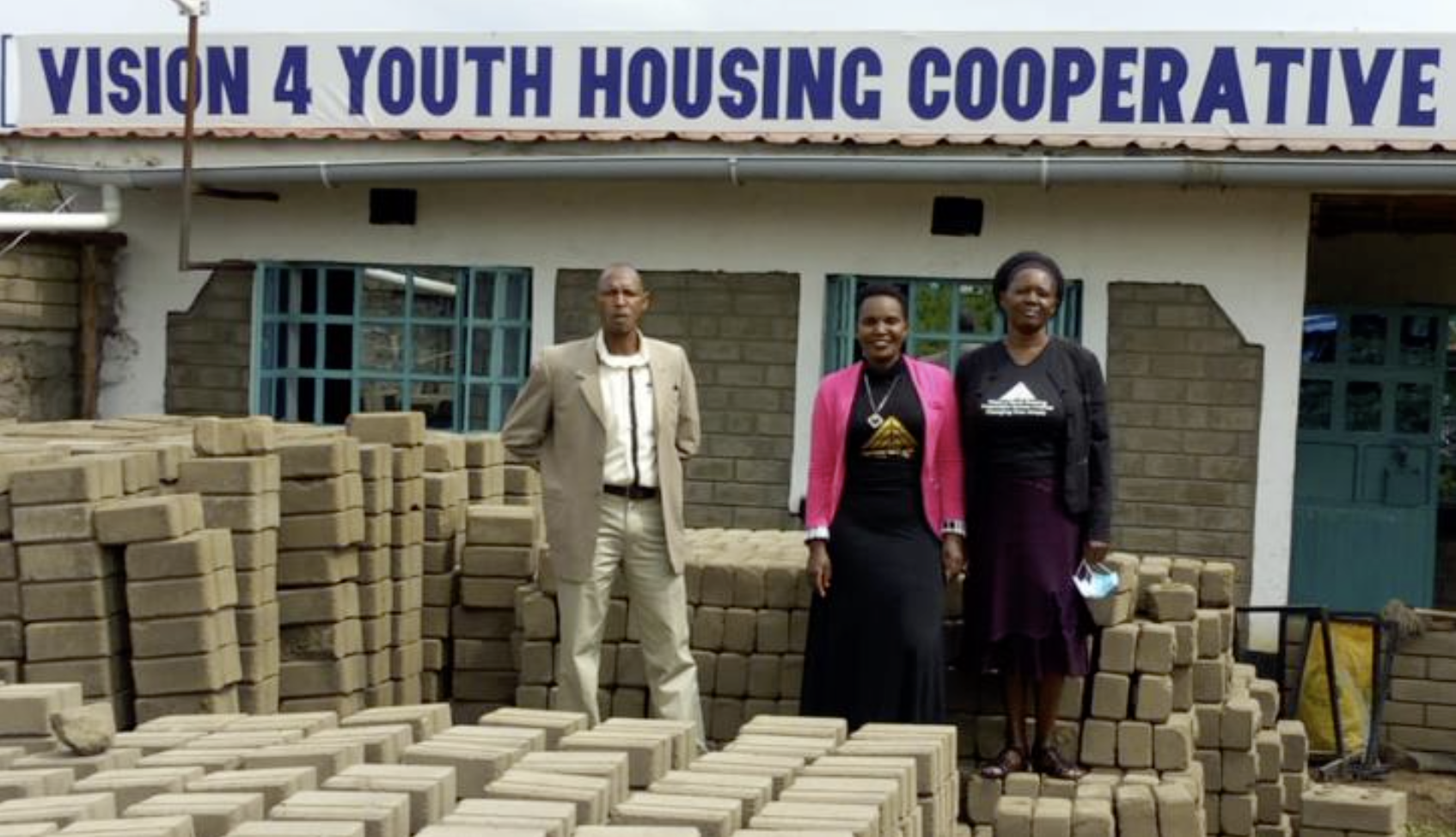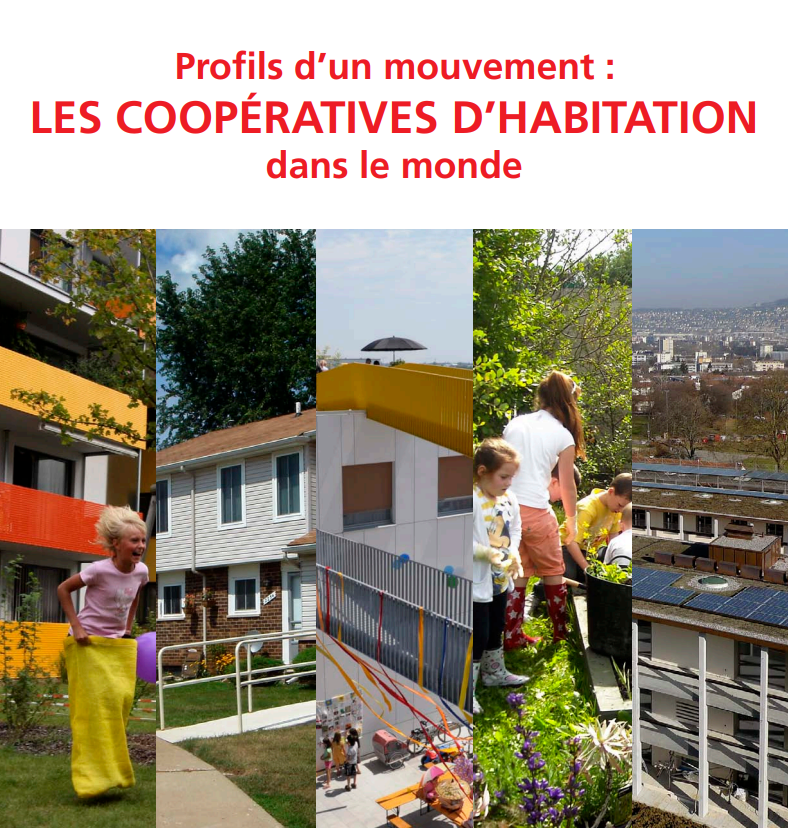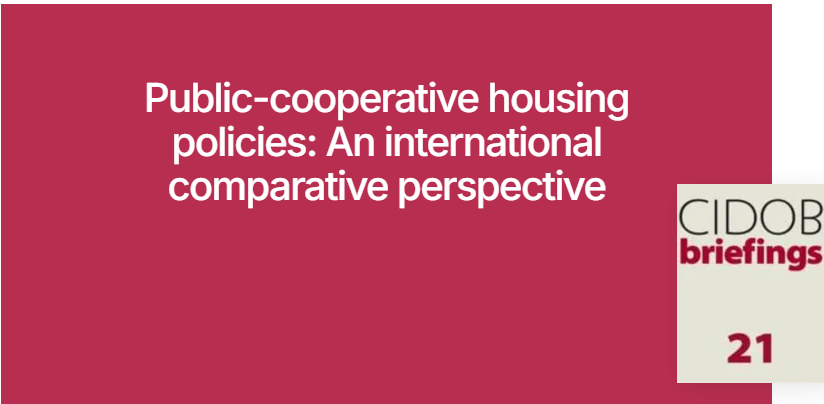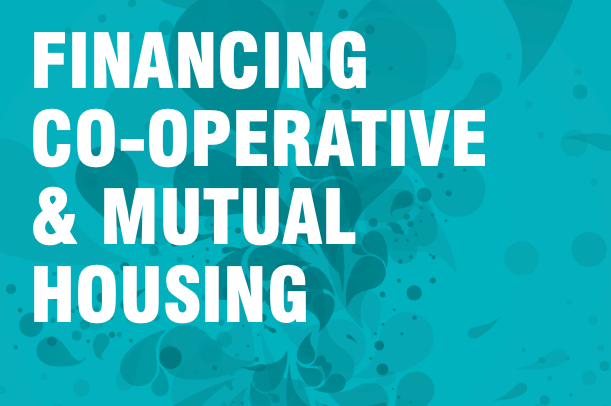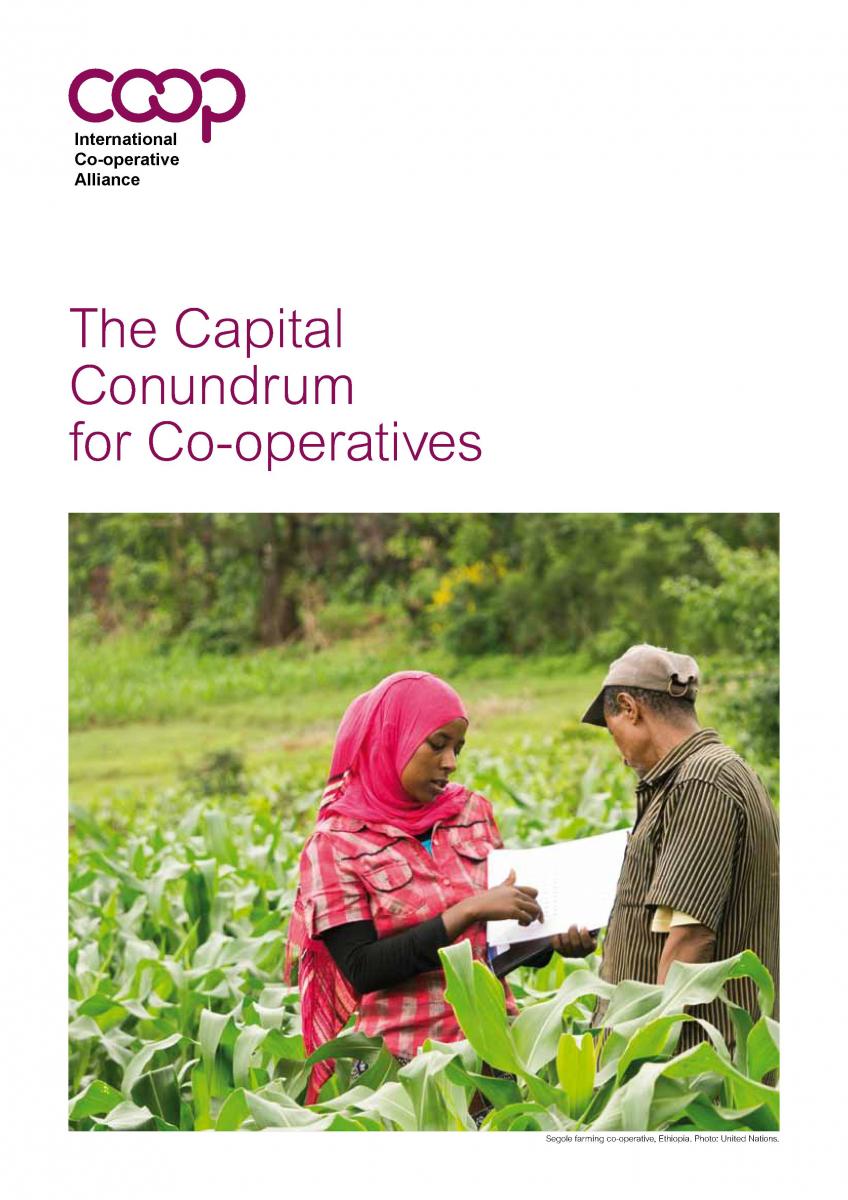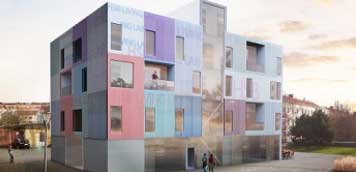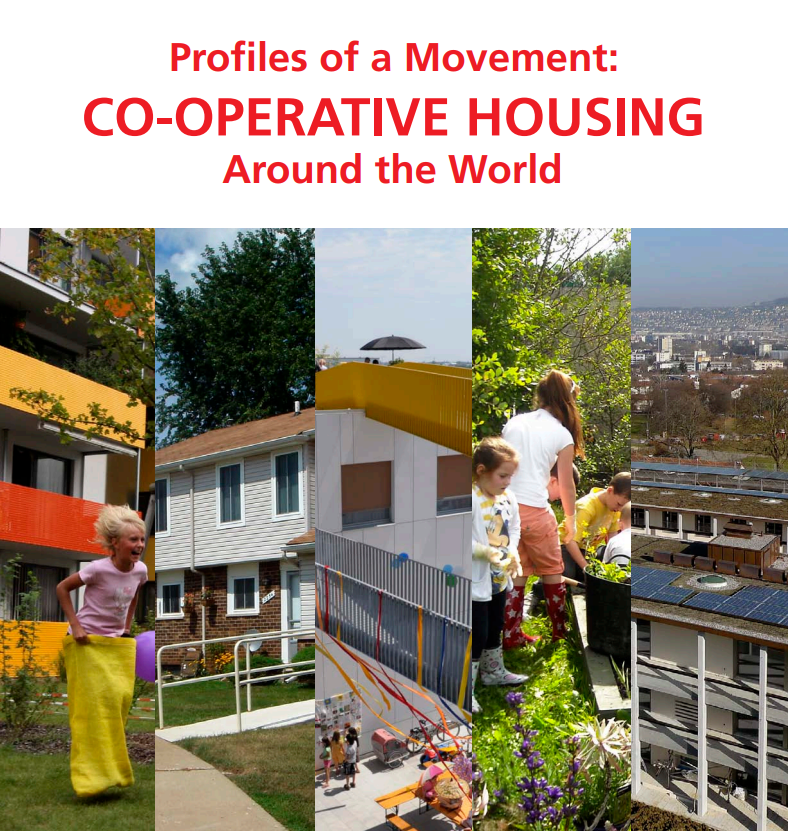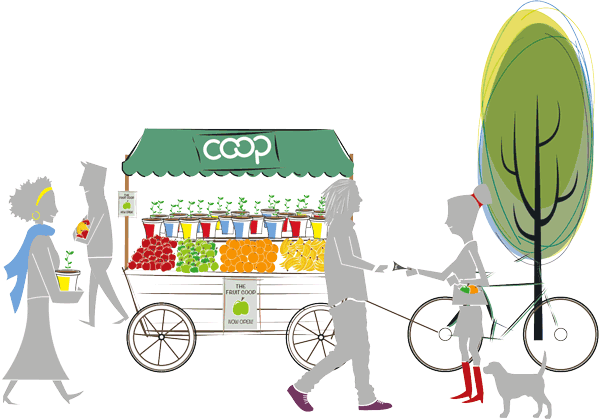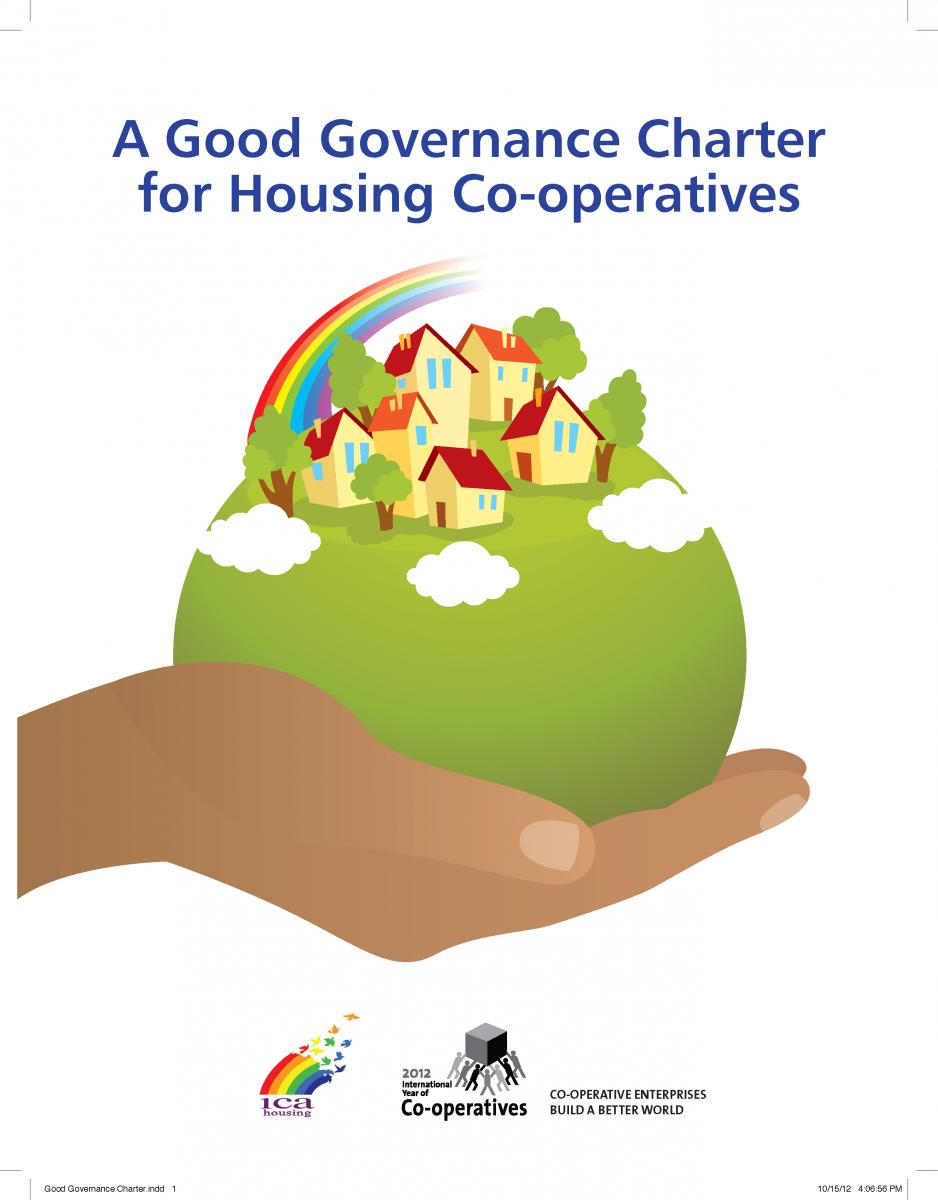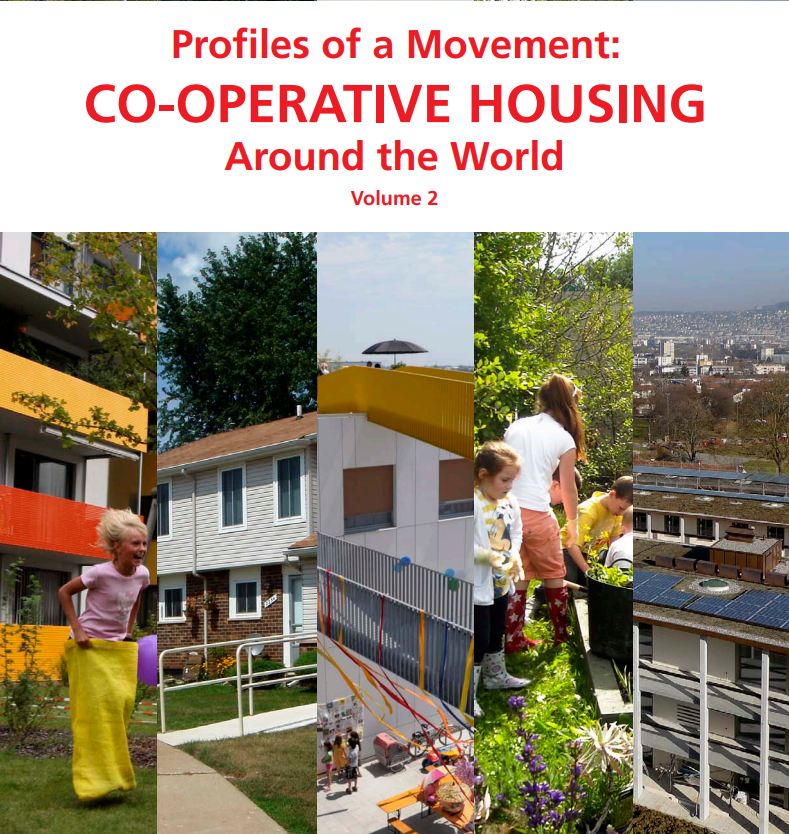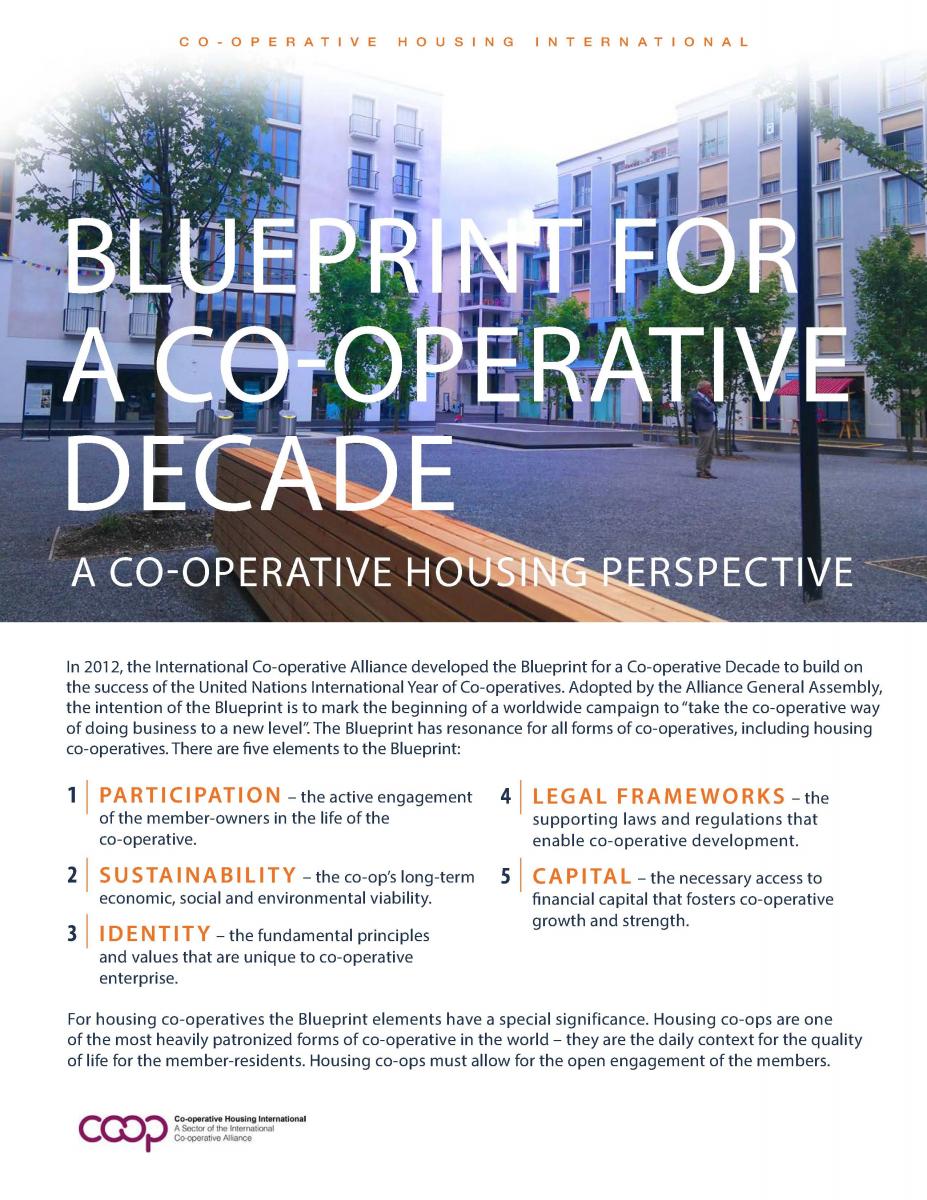About Kenya
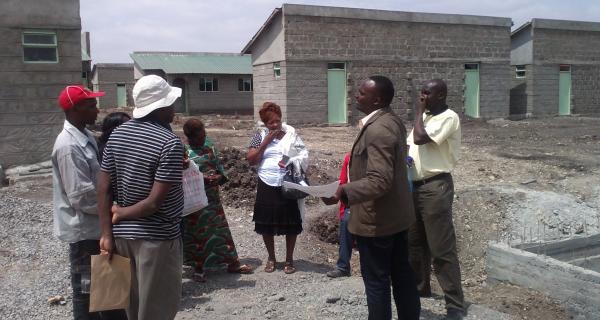
Semba Tuvike and KiteMoto Housing Cooperatives in discussion with NACHU Technical team on their housing project progress
Housing in Kenya: A Historical Overview
Colonial and Post-Colonial Housing Policies
The history of cooperative housing in Kenya is rooted in the country’s colonial legacy, marked by exclusionary policies that shaped the broader housing sector and set the stage for today’s challenges and innovations. Prior to 1939, colonial policies restricted black Africans from residing permanently in urban areas, relegating them to “Native Locations” with inadequate housing. Post-1940, as African urban presence became accepted, municipalities were tasked with housing provision. However, the focus remained on single men’s accommodations, sidelining families and leading to the proliferation of informal settlements.
After independence in 1963, the government introduced the National Housing Corporation (NHC) to promote housing development. The 1966 Sessional Paper No. 5 encouraged local authorities and public corporations to supply rental housing. Yet, the abolition of the Graduated Personal Tax in 1973 left local authorities financially incapacitated, hindering housing initiatives.
Housing Initiatives and Challenges in the 1970s and 1980s
The mid-1970s saw the implementation of large-scale site and service projects, funded by the International Monetary Fund (IMF), aiming to provide low-cost housing for the urban poor. Despite these efforts, the actual number of houses constructed fell short of the growing demand, and affordability remained a significant issue. Consequently, informal settlements continued to expand.
In the 1980s, government policies shifted towards demolishing informal settlements, often without providing alternatives or compensation. This period also witnessed increased scrutiny of the government’s administration concerning human rights and corruption, leading to calls for political reform. Collaborations with Community-Based Organizations (CBOs) and Non-Governmental Organizations (NGOs) emerged, aiming to address housing challenges, albeit with mixed success.
Cooperative Housing Movement in Kenya
Emergence and Evolution of Cooperatives
Cooperative movements in Kenya began in the early 20th century, initially dominated by white settler farmers. The 1931 Co-operative Ordinance excluded black Africans, a restriction lifted in 1945. Until the mid-1990s, cooperatives operated under significant government control, receiving support but also facing political interference. The 1997 Sessional Paper No. 6 and the revision of the Cooperative Act granted cooperatives more autonomy, fostering a more conducive environment for their growth.
Establishment and Role of NACHU
The National Cooperative Housing Union (NACHU) was established in 1979 and became operational in 1987. As the apex body for housing cooperatives in Kenya, NACHU’s mission is to improve shelter and quality of life through education, training, and financial services. It supports the formation of housing cooperatives, provides technical assistance, and facilitates access to housing finance. NACHU has been instrumental in delivering affordable housing solutions, particularly for low- and modest-income communities. For more information, visit: www.nachu.or.ke
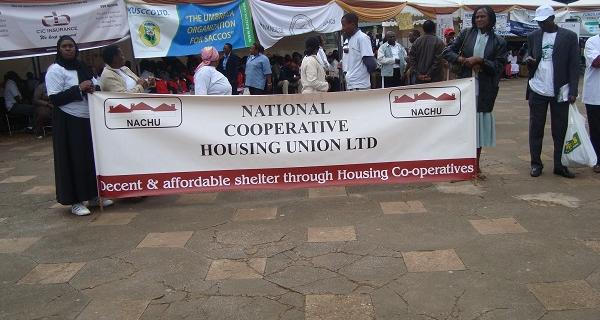
Fatabab Housing Cooperatives Members during the International Cooperatives Day Celebrations
Current Housing Context in Kenya
Urbanization and Housing Demand
Kenya faces a significant housing deficit, with an annual demand of 250,000 units against a supply of only 50,000. Urbanization rates are high, and approximately 56% of the urban population lives in slums. The least expensive formally built home in 2012 cost over $15,000, far exceeding the average annual income of low-income households.
Government Initiatives and Vision 2030
The Kenyan government, under its Vision 2030 blueprint, aims to produce 200,000 housing units annually. Initiatives like the Kenya Slum Upgrading Programme (KENSUP) and the Affordable Housing Program were launched to improve living conditions and increase housing stock. These programs focus on constructing low-cost houses, installing infrastructure, and facilitating security of tenure.
Financing
Housing cooperatives are primarily financed through members’ savings and housing microfinance loans facilitated by NACHU. Collaborations with financial institutions like the Co-operative Bank of Kenya have enabled leveraged loans for cooperative members. Furthermore, housing co-ops can access loans from the Savings and Credit Co-operative Society (SACCOs) they are associated with.
Co-operative Bank of Kenya
NACHU actively collaborates with the Co-operative Bank of Kenya (CBK) to provide leveraged loans to Primary Housing Cooperatives (PHCs), using borrower deposits and external guarantees. In addition, CBK funds middle-income housing developments undertaken by NACHU as income-generating ventures.
To support this lending structure, NACHU manages a savings scheme through PHCs. This system allows members to build credit histories while saving for the 20% loan deposit. Importantly, since 2006, members have earned interest on their savings at rates comparable to those offered by commercial banks—a change that has significantly boosted participation and confidence in the program.
Moreover, members are encouraged to save the required deposit as quickly as possible. Once they reach this target, they can access loans up to five times their savings. These loans carry lower interest rates than those offered by commercial banks or microfinance institutions and have repayment terms ranging from three to six years.
All loan applications go through the PHC and must be guaranteed by fellow members. To secure the loan, the borrower grants NACHU power of attorney to hold the property title until full repayment. If a formal title is not available, the borrower can instead present a letter of allotment from the local authority.
Microfinance
NACHU housing microfinance products include loans for new construction, housing upgrading and expansion, land purchase and resettlement and, group loans for commercial purpose and infrastructure.
Several mechanisms and processes are in place to protect the financial investment administered by NACHU. This includes financial training provided to the participants in the savings scheme. NACHU savings and loans scheme is proving to be quite successful to date – the portfolio at risk is within industry standards. Based on this success, NACHU is attracting the interest of donors and investors, which will assist NACHU to continue offering HMF loans.
Numerous sources including NACHU’s own equity and member savings provide financing to NACHU’s lending facility. In the past, Rooftops Canada provided a guarantee and direct lending facility totaling USD $500,000. Most recently, Homeless International, a UK organization, has provided substantial funding for several projects through the Community Led Infrastructure Finance Facility (CLIFF).
Legal Framework
The legal framework governing housing cooperatives includes the Cooperative Societies Act (Amended 2004), Housing Act, and various land and planning laws, providing a structured environment for cooperative operations.
The legal instruments for the cooperative housing sector in Kenya are:
- Cooperative Societies Act (Amended), 2004: guides the formation and operations of housing co-operatives;
- Rules and regulations issued: complement the Act;
- Co-operative By-laws from NACHU: provides standard by-laws to new PHCs which are readily accepted by the Department responsible for cooperatives;
- Cooperative Tribunal: arbitrates disputes when the internal cooperative process fails;
- Code of Conduct and Ethics for Cooperative Societies: overseen and supervised for compliance by the Ethics Commission for Cooperative Societies;
- Land Bill 2012 – Land Registration Bill 2012 – Natural Land Commission Bill 2012;
- Housing Act: provides for the effective coordination, facilitation, capacity building and monitoring of the housing and human settlement sector. The Act also establishes the Kenya Housing Authority and the National Social Housing and Infrastructure Fund for the provision of housing and related purposes;
- Local Government Act: deals with housing approvals in the relevant local authorities;
- Public Health Act: deals with the issues of sanitation and house occupation;
- Physical Planning Act enacted in 1996, replaced the Town Planning Act (urban areas) and the Land Planning Act (rural areas): provides for physical planning and development control for both urban and rural areas;
- Draft Eviction and Resettlement Guidelines, 2010.
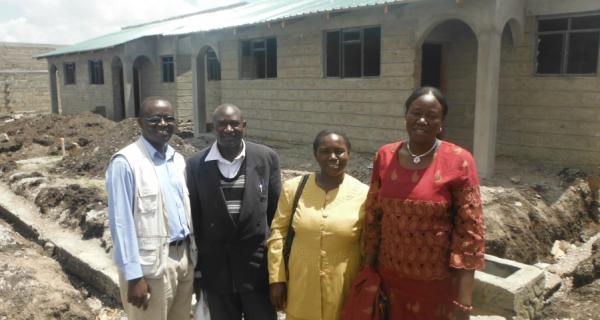
NACHU and Ngalawu Housing Co-operative, Kenya 2013
Conclusion
Kenya’s housing sector has evolved from colonial-era challenges to contemporary efforts aimed at providing affordable housing for its citizens. Cooperative movements, particularly through NACHU, have played a pivotal role in addressing housing needs for low- and modest-income populations. While significant strides have been made, continued collaboration between the government, cooperatives, and private sector is essential to meet the growing housing demand and ensure sustainable urban development.
Resources Tagged "Kenya"
Vision 4 Youth Housing Cooperative in Kenya is a youth group focused on providing its members with quality housing. Based in Nakuru Town, an area with an average growth rate of 3.1% per annum, compared to the Kenyan average of 2.6 ...Read More
Research Africa Co-op Stories
L'habitat coopératif offre des logements abordables à long terme, gérés par les résidents, avec des avantages sociaux, économiques et environnementaux avérés. Malgré son impact mondial, ce secteur reste méconnu.Read More
Financing and Development Global Report
Explore public policies supporting cooperative housing worldwide in this comprehensive report. Discover how governments and cooperatives collaborate to create sustainable and affordable housing solutions globally.Read More
Research Global Research Paper
The Commission's final report on Cooperative and Mutual Housing (Bringing Democracy Home) highlighted the need for consideration of the role that cooperative and mutual housing could play in the national housing strategy. The Fina ...Read More
Financing and Development Global Report
Par cette publication, nous souhaitons ouvrir le débat sur le logement en tant que droit fondamental et enjeu métropolitain, en mettant en lumière l’expérience de grandes métropoles et dans l’espoir d’inspirer des idées nouvelles pour aborder cet enjeu absolument fondamental de l’urbanisation moderne.Read More
Advocacy Global
In 2000, United Nations (UN) member states recognised the need to build global partnerships for development and the exchange of expertise as one of the Millennium Development Goals. Across the international development field, part ...Read More
Financing and Development Global
New report: The Capital Conundrum for Co-operatives "The Capital Conundrum for Co-operatives", a new report released by the Alliance’s Blue Ribbon Commission explores ideas and options available to co-operatives that need suitab ...Read More
Financing and Development Global
Financing the development of housing co-operatives is a challenge and more so in time of financial restrictions and uncertainty. CHI members discussed the issue during a seminar held in November 2009 in Geneva. Presentations w ...Read More
Financing and Development Global
The Forest Products Annual Market Review 2013 reports that the development of new refinement processes has led to the production of new and more affordable wood based products such as cross-laminated timber (CLT). The report sta ...Read More
Sustainability Global
Updated Guidance Notes on the Co-operative Principles, edited by David Rodgers, former President of Co-operative Housing InternationalRead More
Governance Global
The ILO views cooperatives as important in improving the living and working conditions of women and men globally as well as making essential infrastructure and services available even in areas neglected by the state and investor-driven enterprises. Cooperatives have a proven record of creating and sustaining employment – they provide over 100 million jobs today; they advance the ILO’s Global Employment Agenda and contribute to promoting decent work.Read More
Legal Global
Cooperative housing offers long-term, affordable homes governed by residents, with proven social, economic, and environmental benefits. Despite its global impact, the sector remains under-recognized.Read More
Financing and Development Europe Report
Student housing cooperatives have become very popular in the USA and many of these housing co-operatives are members of organizations such as NASCO. Unlike a resident who acquires shares at market rates to earn the right to occupy ...Read More
Community Global
The Good Governance Charter for Housing Co-operatives was launched at the ICA Housing Plenary in Manchester in November 2012.It has three parts:A 10-point set of good governance practicesAn interpretive statement for each good p ...Read More
Governance Global
This second volume of Housing Co-operative Profiles focuses on African countries, showcasing the ingenuity and commitment of cooperators working under difficult conditions. It offers insights into the legal, financial, and historical contexts of housing co-ops, aiming to inspire broader adoption of the model as a solution to the global housing crisis.Read More
Community Global Report
The Blueprint for a Co-operative Decade is a worldwide campaign to “take the co-operative way of doing business to a new level”. The five key elements of the Blueprint are participation, sustainability, identity, legal frameworks and capital. The Blueprint is particularly relevant to co-operative housing and the Blueprint interpretation for co-operative housing below explains how.Read More
Governance Global
